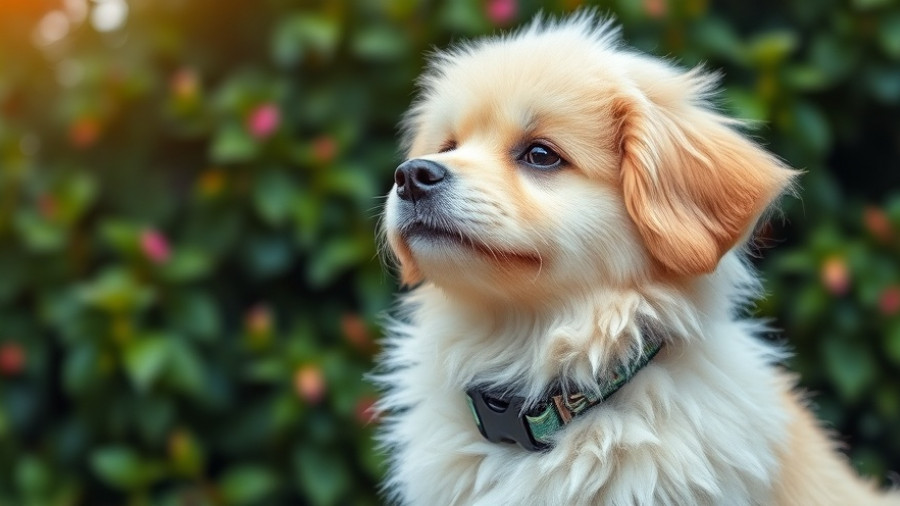Dogs are loyal companions, and they thrive on human interaction. However, when left alone, some dogs experience separation anxiety, leading to stress, excessive barking, destructive behavior, and even self-harm. Fortunately, a dog anxiety toy for separation anxiety can be a game-changer in helping your pup feel safe and secure while you're away.
In this article, we’ll explore the causes of separation anxiety, how anxiety toys help, and why the Durable Safe Calming Duck from Wagsmile is the perfect solution for your furry friend.
Understanding Separation Anxiety in Dogs
Separation anxiety is a condition where dogs exhibit distress when left alone. Some common signs include:
Excessive barking or howling
Destructive chewing (furniture, shoes, or doors)
Pacing or restlessness
Indoor accidents despite being house-trained
Attempting to escape
If your dog struggles with being alone, an effective dog anxiety toy for separation anxiety can provide comfort and reduce stress.
How Dog Anxiety Toys Help
Anxiety toys are designed to soothe and comfort dogs by mimicking familiar and calming experiences. Here’s how they help:
Provide a Sense of Security – Many anxiety toys simulate the presence of a companion, easing your dog’s fear of being alone.
Encourage Natural Chewing – Chewing helps relieve stress and keeps your dog’s mind occupied.
Engage Their Senses – Textures, scents, and soft materials provide sensory comfort and mental stimulation.
Reduce Destructive Behavior – When dogs have something engaging to focus on, they are less likely to chew furniture or dig at doors.
Help Puppies and Senior Dogs – Young puppies adjusting to new homes and older dogs experiencing age-related anxiety both benefit from calming toys.
What to Look for in a Dog Anxiety Toy
When choosing the best dog anxiety toy for separation anxiety, consider the following factors:
Soft and Cuddly Texture – Plush toys with comforting fabrics help dogs feel safe.
Durability – Dogs with anxiety may chew or gnaw on their toys, so strong, non-toxic materials are essential.
Calming Features – Some toys come with heartbeat simulators, calming scents, or heat packs to mimic warmth and companionship.
Size and Safety – Ensure the toy is appropriately sized for your dog to prevent choking hazards.
Why the Durable Safe Calming Duck is the Best Anxiety Toy for Dogs
The Durable Safe Calming Duck from Wagsmile is designed to provide your dog with the ultimate comfort and stress relief. Here’s why pet owners love it:
✔ Soft, Plush Design – Made from high-quality, pet-safe materials that feel gentle and comforting. ✔ Durable and Chew-Resistant – Tough enough for light to moderate chewers. ✔ Simulates a Companion – The plush texture and design help dogs feel like they have a cuddle buddy. ✔ Non-Toxic & Safe – No harmful chemicals, ensuring your pup’s safety. ✔ Helps with Anxiety & Stress – Whether during travel, thunderstorms, or when left alone, this toy provides comfort and security.
Tips for Reducing Separation Anxiety in Dogs
While anxiety toys are incredibly helpful, additional techniques can further ease your dog’s stress:
🐾 Gradual Training – Start by leaving your dog alone for short periods and slowly increase the time. 🐾 Exercise Before You Leave – A tired dog is a relaxed dog! Take them for a walk or play an engaging game before heading out. 🐾 Create a Safe Space – Set up a cozy area with their favorite toys, blankets, and a comfortable bed. 🐾 Use Calming Scents – Essential oils like lavender or chamomile (pet-safe formulations) can help soothe anxiety. 🐾 Background Noise – Leave the TV or soothing music on to create a familiar atmosphere.
Conclusion: Give Your Dog Comfort & Security
Separation anxiety can be challenging for both dogs and their owners, but with the right approach, you can help your furry friend feel more at ease. A dog anxiety toy for separation anxiety, like the Durable Safe Calming Duck, is an excellent way to provide comfort, security, and engagement when your pup is home alone.
🐶 Give your dog the gift of calm and comfort today! Get the Durable Safe Calming Duck now at Wagsmile.com and help your pet feel safe even when you're not there. 🐾
 Add Row
Add Row  Add
Add 




Write A Comment